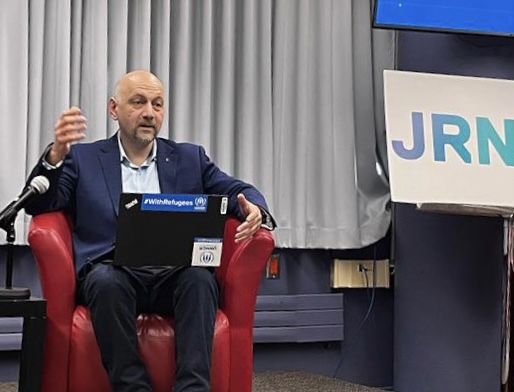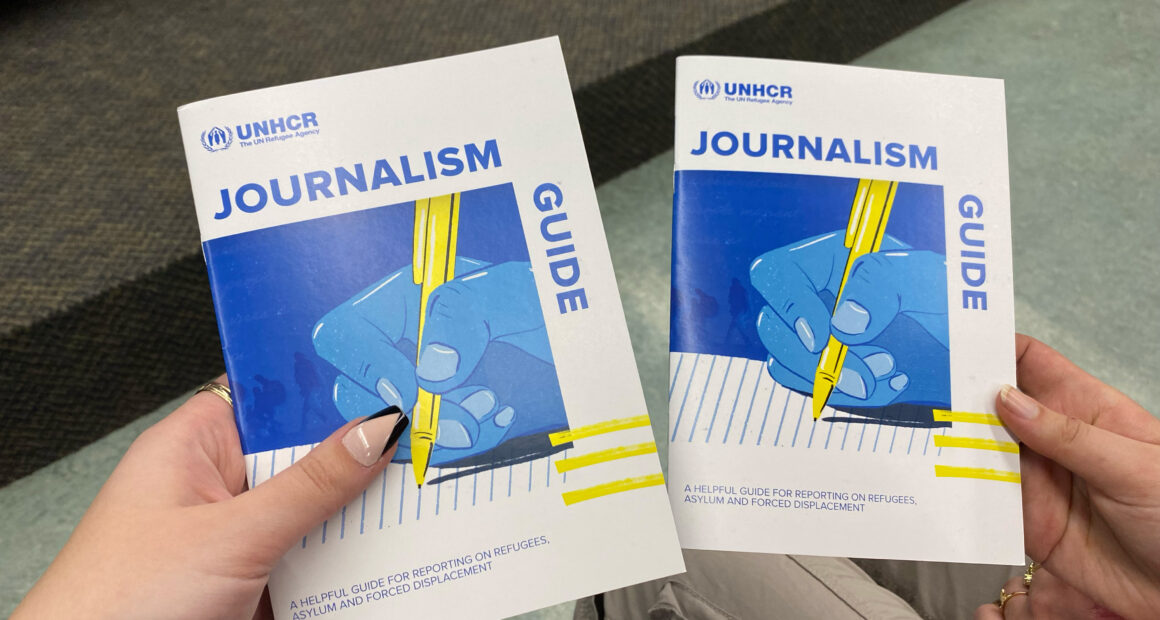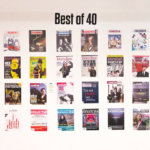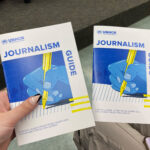Levon Sevunts sheds light on how journalistic power and language shapes public opinion

On Tuesday, February 6, the Review of Journalism hosted an education session presented by journalist Levon Sevunts, the communications officer for the United Nations High Commission for Refugees (UNHCR). The theme was ethics and accuracy when reporting on refugees, asylum and forced displacement. The UNHCR has created a guide that is specifically for journalists, and provides essential information about the rights of asylum seekers and the long-term solutions available to refugees. “You have enormous power as journalists, shaping public opinion,” says Sevunts. “With that power comes a lot of responsibility to at least try to be factually correct.”
Language plays an important role in reporting facts with accuracy. “The terms matter because in international law, and in Canadian legislation,” says Sevunts, “these words—“refugees” and “migrants”—have specific meanings.” They should not be used interchangeably or lumped together.
Recognized by the Government of Canada, refugees are people who have been forced to leave their country and are afraid to return because of war, violence, or persecution, based on race, religion, nationality, political opinion, or membership in a particular social group. Seeking asylum, Sevunts says, is to seek protection from another country. The term “migrant” does not fall under this definition and broadly represents people who are outside their country of origin, according to the Canadian Council for Refugees. In Canada, once a person is granted asylum, they can receive refugee status, according to UNHCR. “It’s important for media professionals to keep in mind that you can’t lump all people, refugees, asylum seekers, and migrants into one thing and call them a migrant,” says Sevunts.
“A refugee is someone who has fled their own country, has crossed an international border, to another country where they’re seeking protection, because their own country cannot or doesn’t want to protect them,” Sevunts said.
Under international law, people seek asylum when they do not feel safe in their own country. “It could be a civil war, it could be a general breakdown of a single order of magnitude, where your government doesn’t control the situation anymore and cannot protect you.”
While the terms “refugee” and “asylum seeker” are protected by international law, Sevunts said there is no legal definition for the term “migrant.” A migrant can leave a country for reasons like obtaining a job, education, or even to flee poverty or hunger. “The difference between a migrant and asylum seeker or refugee is that your life is not in danger if you return to your home country,” he said.
Sevunts stresses the importance of consent while reporting. He says journalists should inform people about how their photo or video will be used, and discuss potential steps with an editor about anonymization. For example, he says, “asylum seekers are people who are fleeing something, and you might be exposing them to certain risks.”
Finally, Sevunts notes that the next generation of young journalists are coming to the profession with an awareness of these issues. “I’m trying to have these conversations, not only with young journalists,” he says, “but also with editors, to make sure that this thinking also starts applying in the newsrooms.”
Sevunts opened a questions period after the presentation. One student said talking to people as a journalist can feel “extractive,” and asked how journalists can combat the issue of power dynamics. Keeping in mind the perception of a journalist’s role, Sevunts said a lot of people come from countries where journalists are the extension of state power. “An interview with a Canadian journalist could be as terrifying, if not more, than an interview as a police officer,” he said. Sevunts also said people may come from countries without free press or where trusting a journalist would have landed them in jail.
Building trust with someone includes making eye contact, being culturally sensitive, listening, and making sure people know that what they say matters. For more insight about reporting on refugees, asylum and forced displacement, you can access the UNHCR Journalism Guide online.
About the author
Stephanie Beattie is a fourth-year journalism student at Toronto Metropolitan University. Her journalistic passions include arts and culture, society and humanity. When Stephanie is not reporting, she is painting landscapes.





